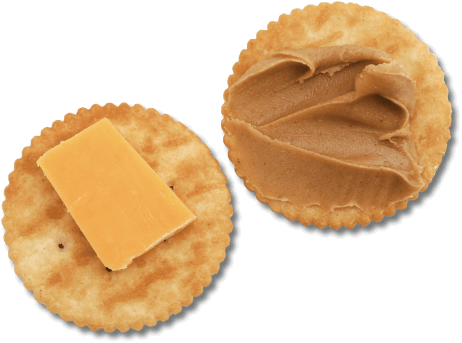Understand your toddler
- Home
- Ellyn Satter
- Toddler / Preschooler
- Toddler
- Understand your toddler



Plan meals with 4 or 5 or 6 foods. Include 1 or 2 foods your toddler usually eats. Then let her decide what to eat from what you have for the meal. Don’t offer only the food she likes. Don’t make substitutes. You know more about food than she does. She is learning to eat the food you eat.
© Ellyn Satter
Side-Lying Hold
This hold is useful when:
Cross-Cradle Hold
This hold is useful when:
Clutch or “Football” Hold
This hold is useful when:
Cradle Hold
This hold is useful when:
Laid-Back Hold
This hold is useful when: